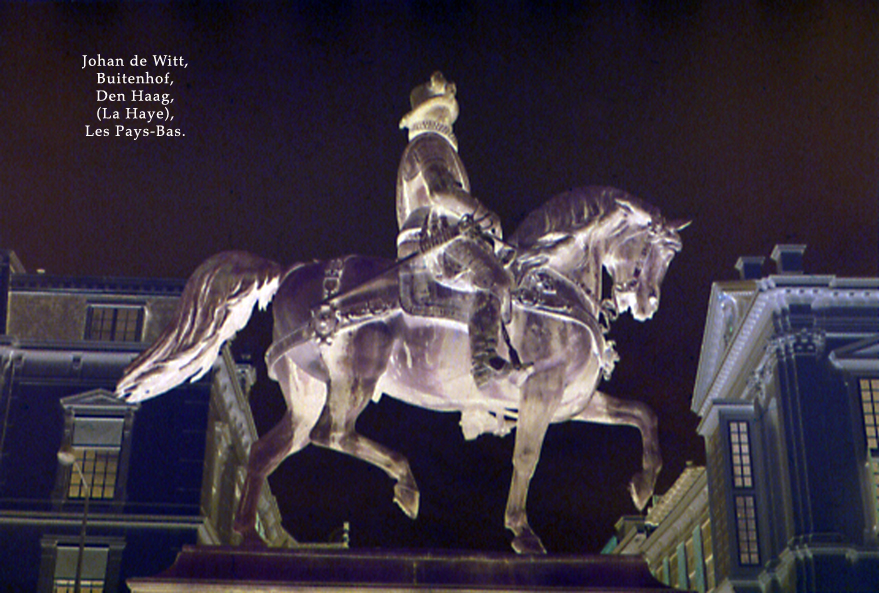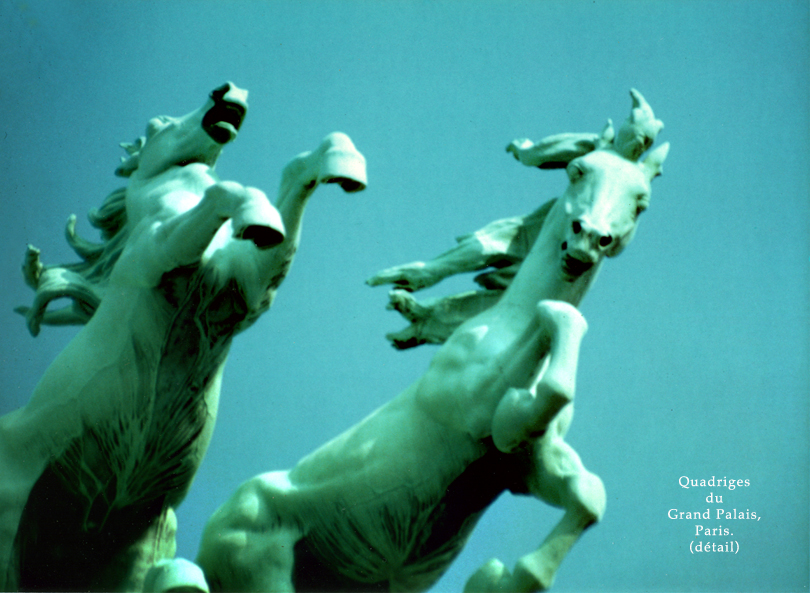Imagine a world map dotted with pins — each one marking the location of an equestrian statue. Except for the oceans, there is hardly a country or continent without one, highlighting the historical and cultural significance of the horse.
The horse is likely the most represented animal in sculpture, especially in public spaces. These statues reflect the profound impact of horses throughout human history.
An equestrian statue is a three-dimensional representation of a horse with a mounted rider — or in some cases, simply a standalone horse. They are so numerous that a complete global inventory has never been attempted… until now.
Historical figures have often chosen to be immortalized on horseback. These statues are sculpted chapters of a 5,000-year relationship between humans and horses, carved in stone and bronze, and shaped by generations of artists.
To undertake this remarkable inventory, we need a dedicated community: Ceux du Cheval. This global encyclopedia of equestrian statues is yours to build.
Please send us your photos with the following information:
By submitting an image, you agree that it may be freely used as part of the "Chevaux du Monde – Equestrian Statues" Encyclopedia, with your name always credited as the author of the photo.

This equestrian statue honors Johan de Witt, a major political figure in the Dutch Republic. A rare civilian depicted on horseback, symbolizing his intellectual and political legacy.
Photo credit: Chevaux du Monde

Marshal Joseph Joffre, a key figure of World War I, is portrayed on horseback in his hometown of Rivesaltes, in the Pyrénées-Orientales. The statue reflects both his military authority and historical legacy.
Photo credit: Chevaux du Monde

Detail from the monumental quadriga crowning the Grand Palais in Paris. This dynamic sculpture captures the power and spirit of triumphal horse-drawn chariots in late 19th-century French art.
Photo credit: Chevaux du Monde